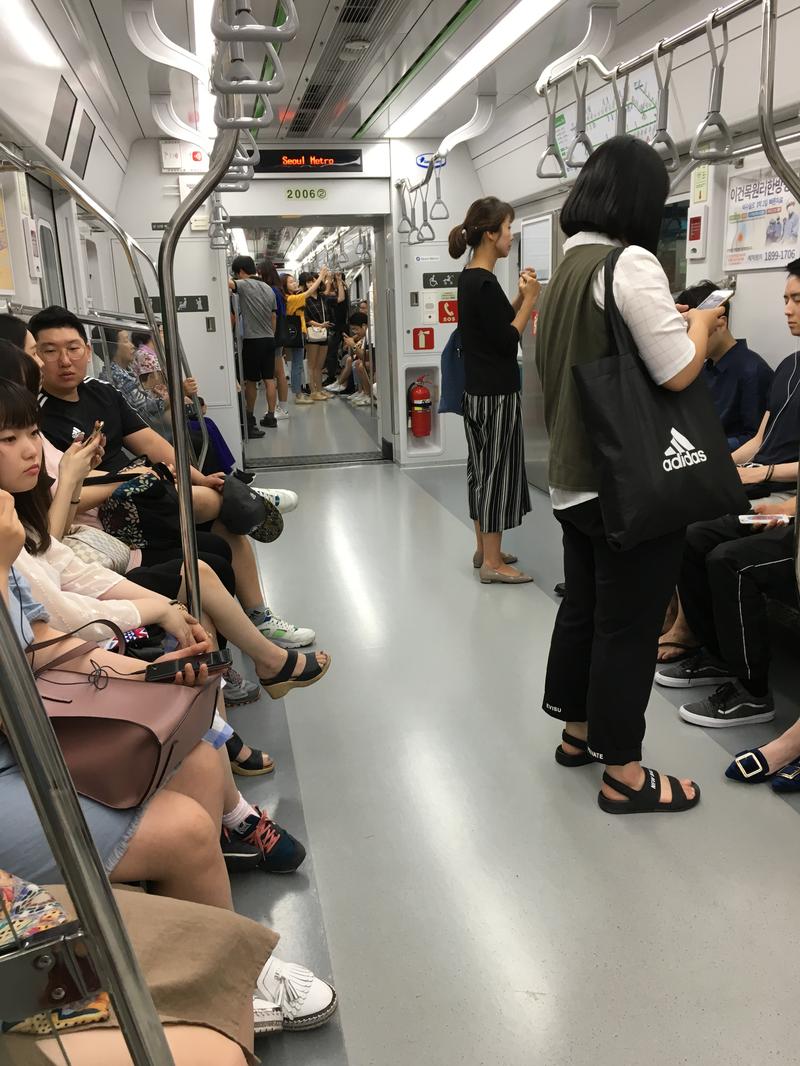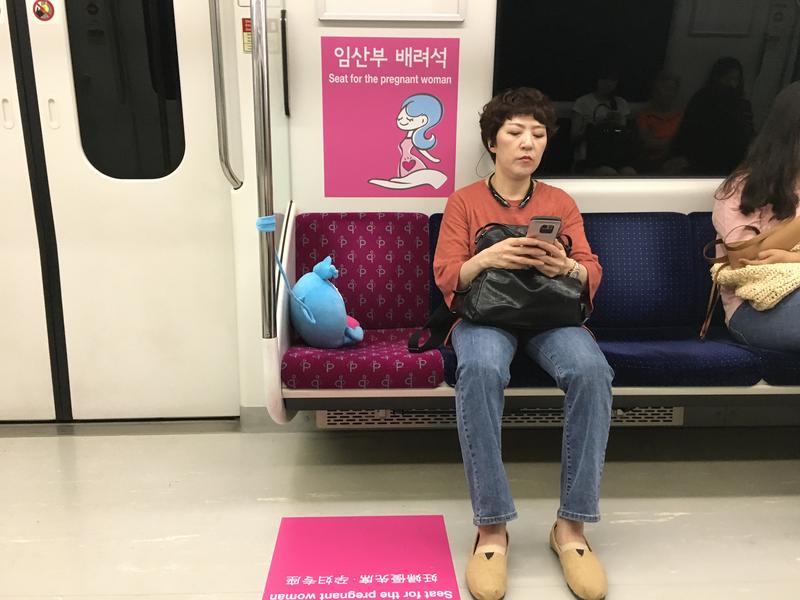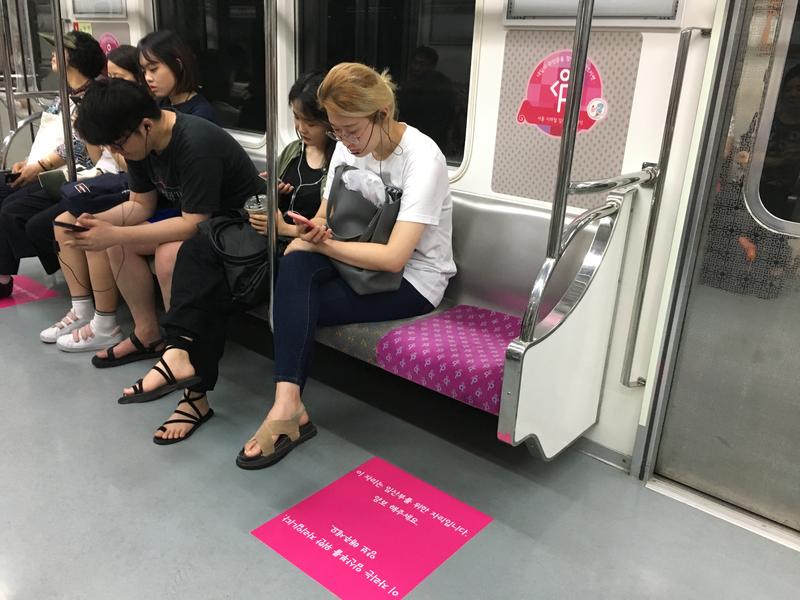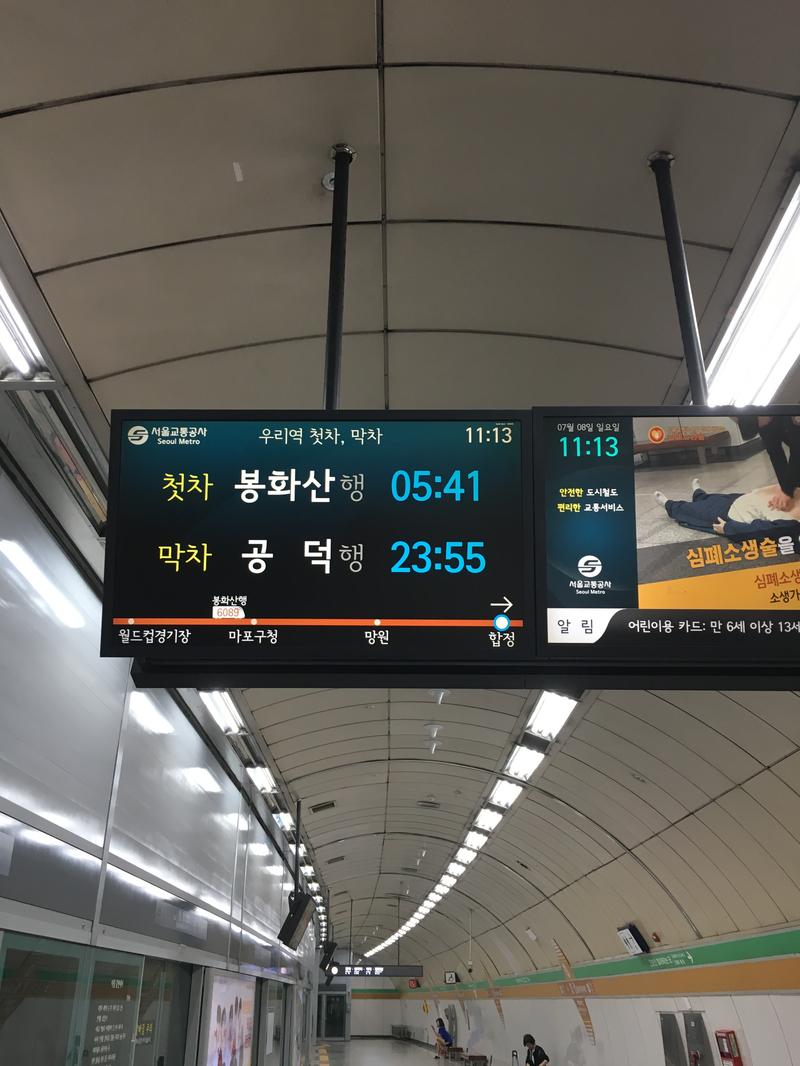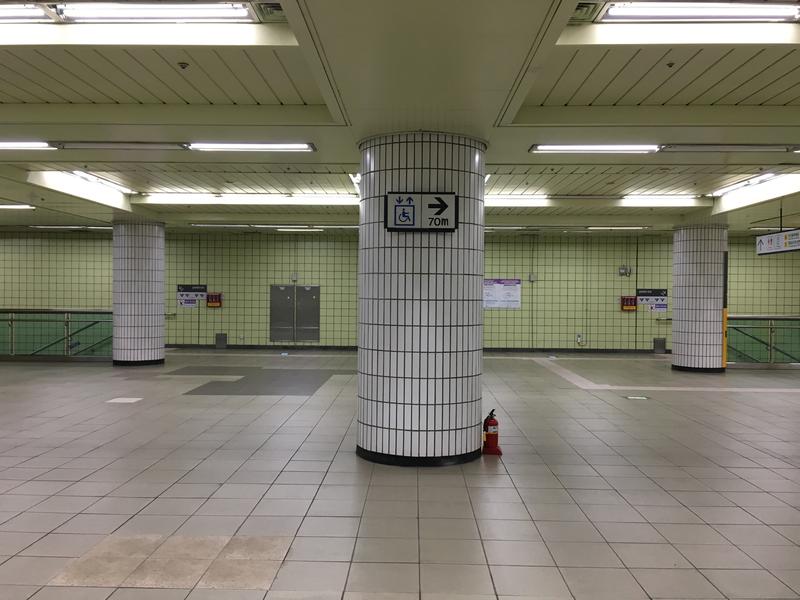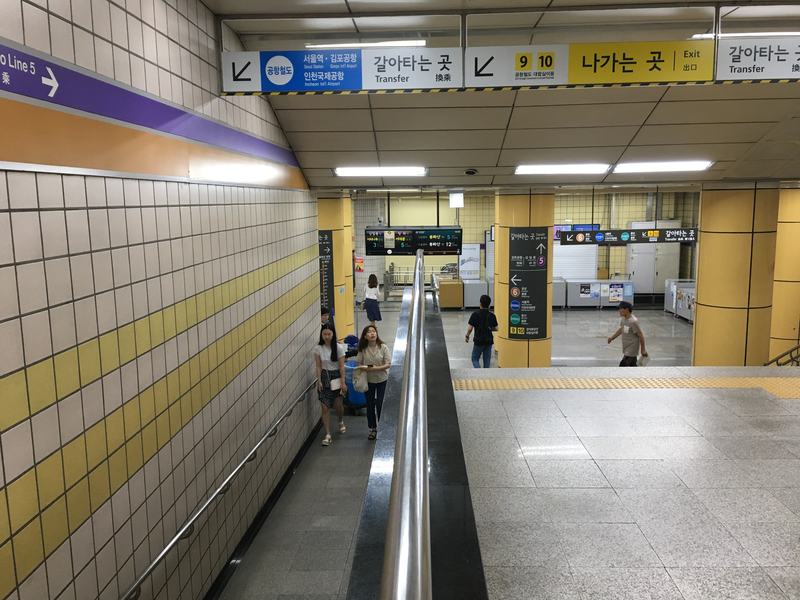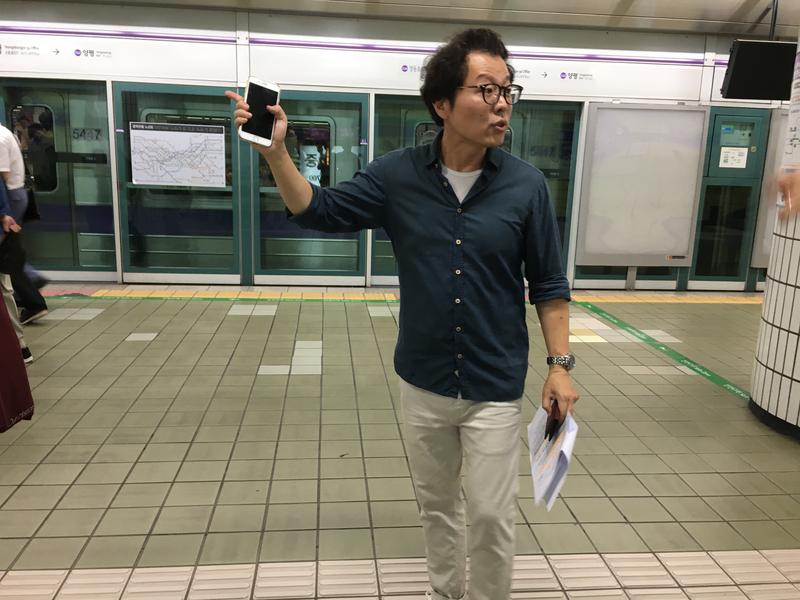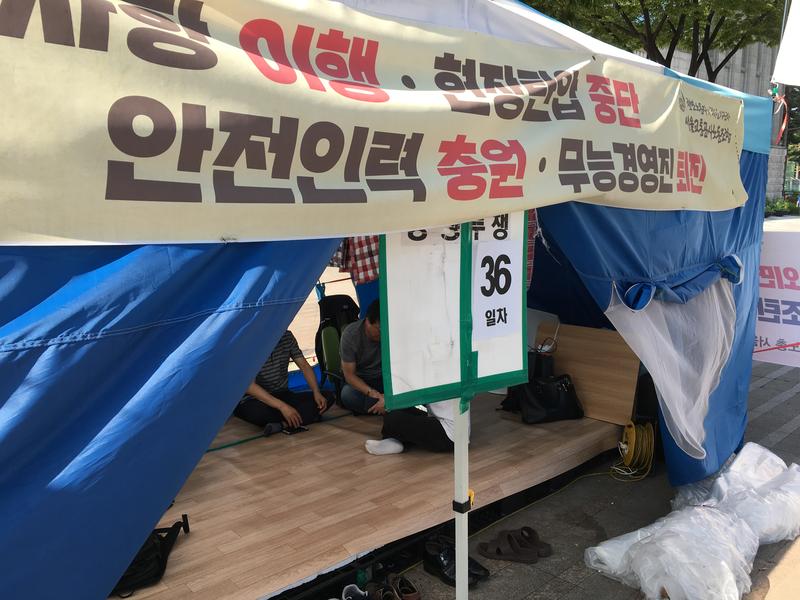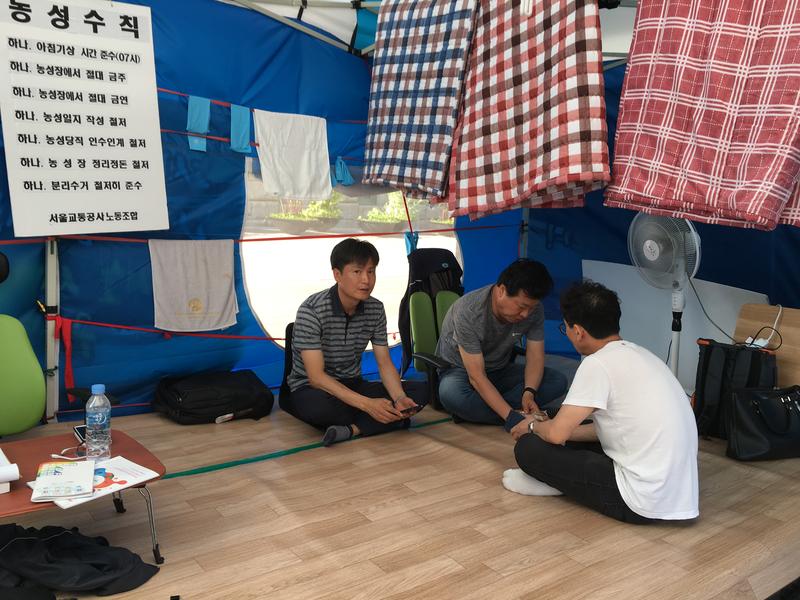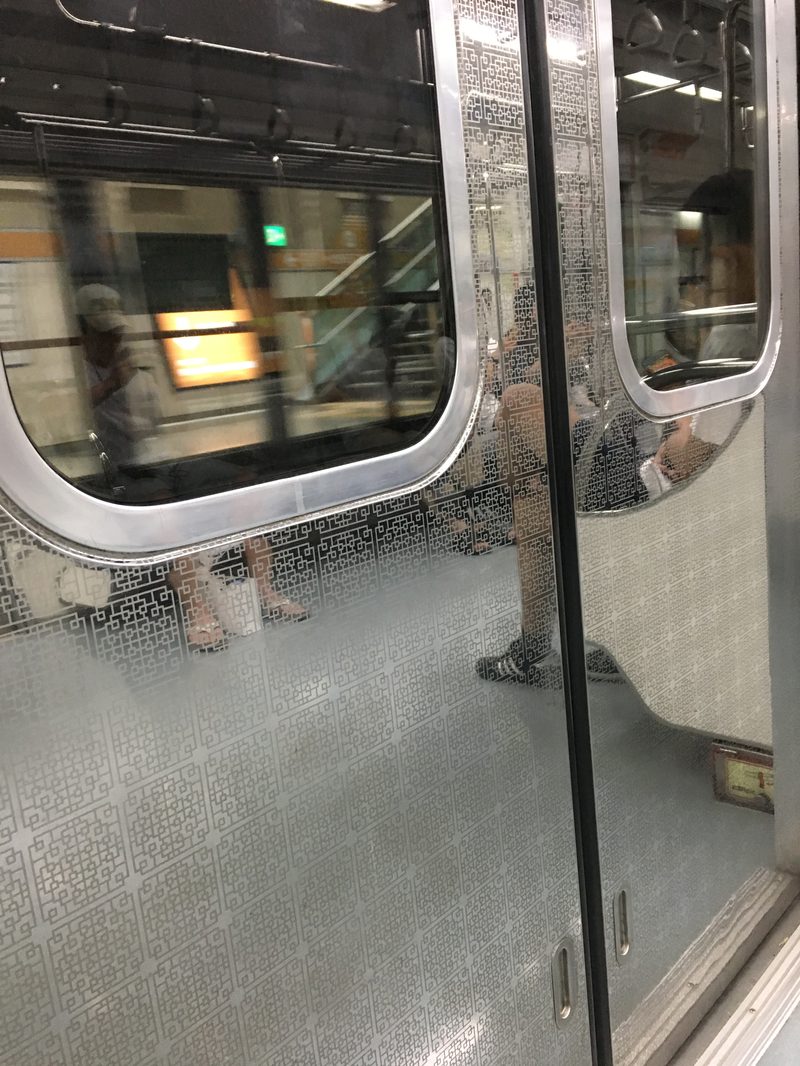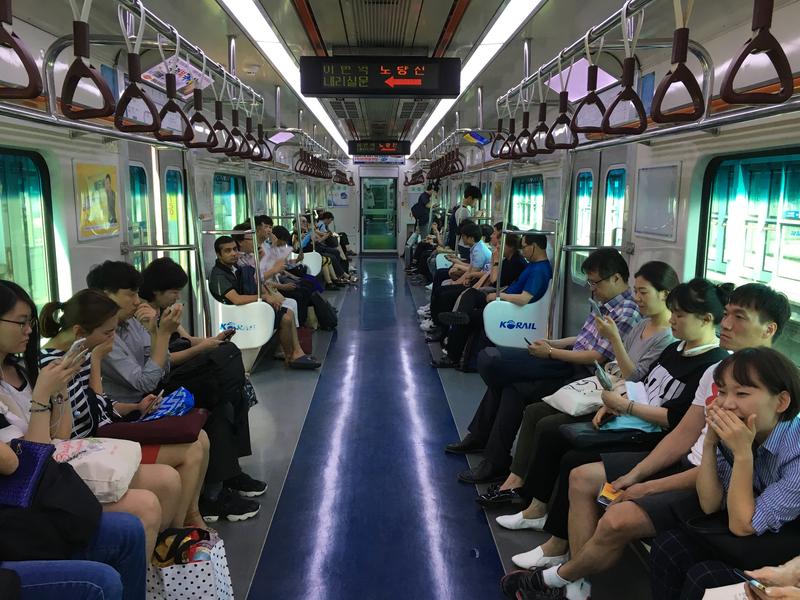
As New York's subway continues to battle frequent delays, breakdowns, and struggles to find funding for a long-term plan to bring the system into the modern era, I had the pleasure of riding a system that has none of these issues. A system with a 99 percent on time performance rating (New York's has trouble cracking 70%). Where air conditioning comes in two settings: cold (75 degrees) and mild (77 degrees). Where riders have never seen a rat.
I'm talking about the Seoul Metro in South Korea.
It opened in 1974. The system has eight subway lines, eight commuter lines, and an airport train. All told, there are about 7.3 million daily riders. Most lines stop running around 1 a.m. and start up again at 5:30 a.m.
Please notice the light colored, pristine floors free of spilled coffee and crushed Cheetos. In fact, if there is a spill or someone vomits, riders text the central control center, which then dispatches a cleaning crew. The crew arrives within five to ten minutes, according to a Seoul Metro spokesperson.
The city hall station, where the ceiling doesn't crumble and fall down.
In 2013 Seoul Metro installed these seats for pregnant women. There are two in every train car. For the most part, even on crowded trains, riders respect them.
Countdown clocks are remarkably accurate and show exactly where the train is and how long until it arrives.
There are not many trash cans in the stations, nor too many advertisements. When I ask commuter Alex Han, 30, if he's ever seen a rat or cockroach in the subway he laughs.
"No no no, it can't happen here," he said, adding riders would demand a refund. "They would say 'I spent a lot of money.' They'll say 'you have to compensate us, repair this right away.'"
Actually, most single subway rides cost about $1.20, but we take your point, Alex.
I ask another commuter if she's ever been late because of a delayed train. "I think in Korea it's impossible," Youmi Park, 36, said.
All cars and stations allow people to connect to the internet and use their phone on their carrier's network. By 2020, Seoul Metro hopes to have installed free WiFi, which a spokesperson says will be 1.2 gb a second.
These things actually work, folks.
This unremarkable photo belies a remarkable effort. Out of the 277 Seoul Metro stations, 250 have elevators — 90 percent of the stations are wheelchair accessible. (The MTA is working hard to get us to 30 percent.) Seoul Metro also has plenty of ramps, so riders can get around from stop to stop without encountering a single set of stairs. Of the remaining 27 stations without elevators, 11 have plans already for installing them. The other 16 are more difficult; Seoul Metro is still trying to figure out how to move ventilation rooms and other structures to make room for elevators at those stations.
Seoul Metro also monitors the status of all elevators and escalators from a central office which detects any breakdowns in service and dispatches a repair team if there's a problem.
I ask Seung if there are any circumstances when Seoul Metro will hold a train in the station for, say, a sick passenger.
"No, there is no case where we suspend a train," he said. "We deal with every case as fast as possible so our passengers will not suffer inconvenience."
This is the most civil civil protest I've probably ever seen. The '36' indicates the number of days these transit workers have been demonstrating. All day and night there are always about four people in the tent to protest Seoul Metro's plans to test driverless trains, as well as and stations without station agents.
"We believe that it's irresponsible," Choe Dang Jun, the head of the Trade Union's machinery team, said. "We are against them."
The sign on the left outlines the rules of protesting in the tent. They include: what time to wake up, no drinking or smoking, how to keep a record of your time in the tent — as well as a reminder to be neat — and follow the proper trash collection procedures.
.

